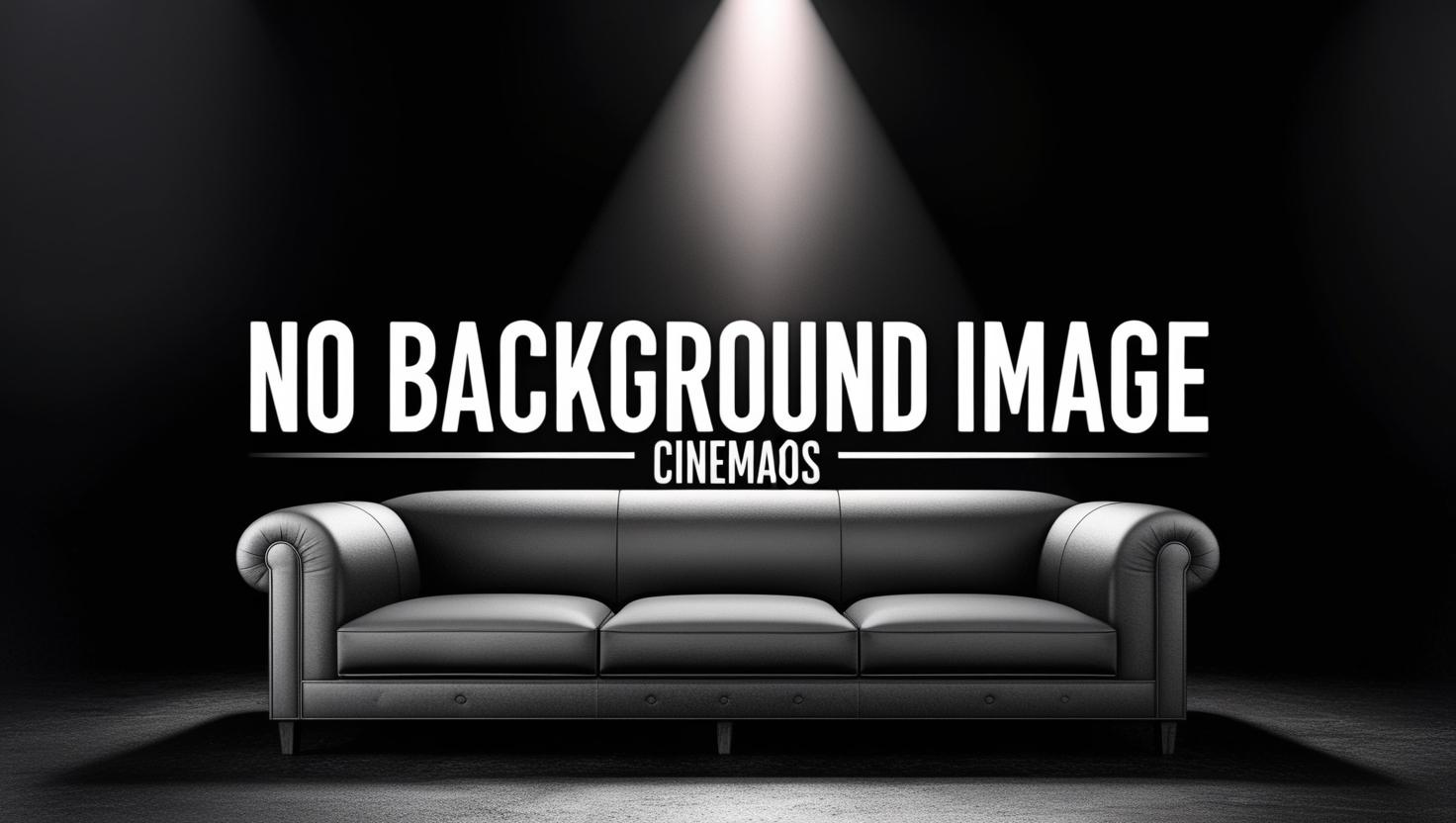
The Announcer
2007
0h 6m
0.0(0 votes)
Documentary
Overview
An elderly lady pushes the limits of customer service at an up-market department store by continuously requesting announcements for interesting-looking men.
Links & Resources
Social & External
Videos & Trailers
1 video



















